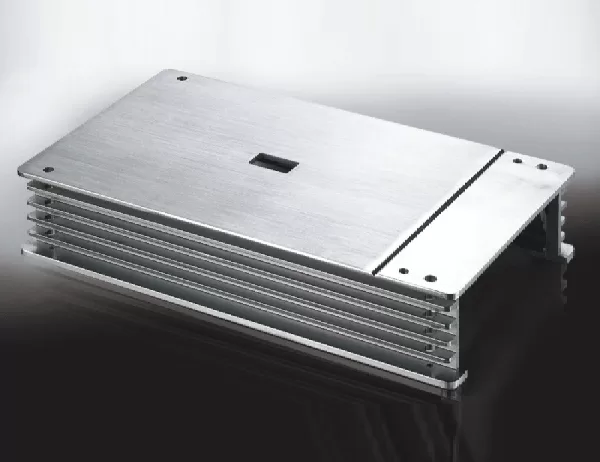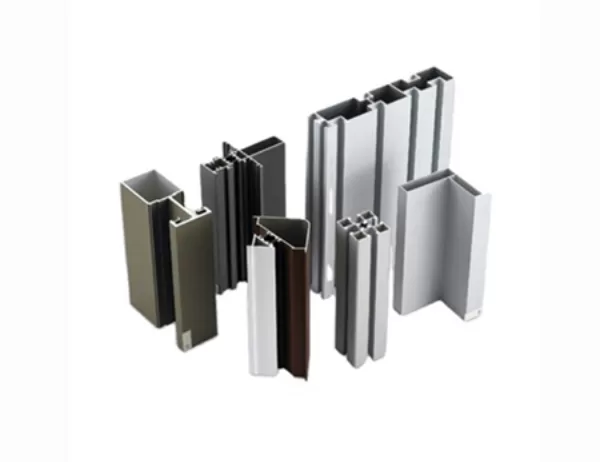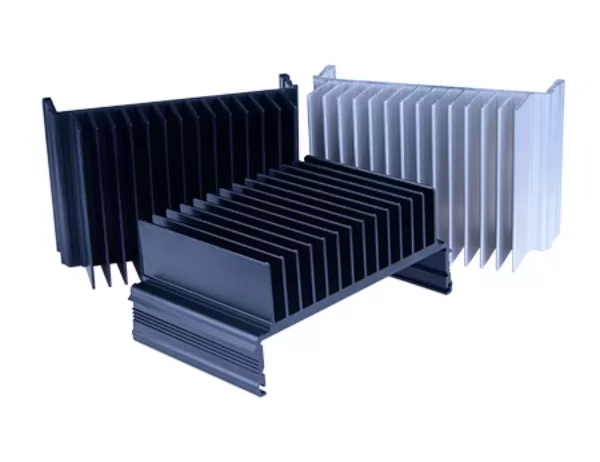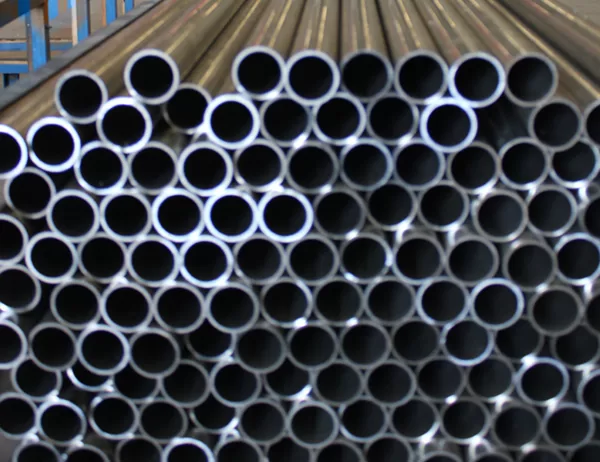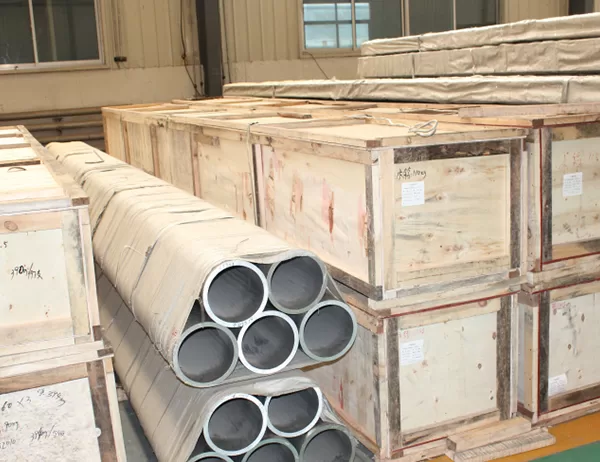Industrial aluminum profiles offer a versatile and durable solution for furniture manufacturing, providing numerous advantages over traditional materials. This article explores the benefits and applications of using aluminum profiles in furniture, highlighting their versatility, cost-effectiveness, and design flexibility.
Aluminum profiles are renowned for their versatility and strength. They can be extruded into complex shapes and sizes, making them suitable for a wide range of furniture designs. The high strength-to-weight ratio of aluminum makes it an ideal material for structural components, ensuring stability and durability while minimizing weight.
Industrial aluminum profiles are highly resistant to corrosion and weathering, ensuring longevity in demanding environments. The natural oxide layer that forms on the surface of aluminum protects it from moisture and chemicals, making it suitable for indoor and outdoor use. This durability reduces the need for maintenance and replacement, extending the lifespan of furniture.
Aluminum’s lightweight nature allows for easy handling and assembly, reducing labor costs and transportation expenses. The flexibility of aluminum profiles enables designers to create innovative and ergonomic furniture designs. They can be bent, curved, or cut to fit specific contours, allowing for precise adjustments and customization.
Despite their superior properties, industrial aluminum profiles offer cost-effectiveness compared to traditional materials. The recyclability of aluminum reduces waste and environmental impact, making it a sustainable choice. Additionally, the durability and low maintenance requirements of aluminum profiles result in long-term savings by reducing replacement costs.
Using aluminum profiles in furniture manufacturing provides exceptional design flexibility. They can be anodized in a range of colors and finishes, offering aesthetic appeal and customization options to match various interior styles. The compatibility of aluminum with other materials, such as wood, glass, and fabrics, allows for creative combinations and unique design concepts.
Industrial aluminum profiles find applications in various furniture components, including:
–
Frames and Structures:
Aluminum profiles provide strong and lightweight frames for chairs, tables, and desks, ensuring stability and durability.
–
Legs and Supports:
The strength and corrosion resistance of aluminum make it ideal for furniture legs and supports, providing reliable support and longevity.
–
Decorative Elements:
Anodized aluminum profiles can be used as decorative accents, adding aesthetic appeal and enhancing the overall design of furniture.
–
Storage Solutions:
Aluminum profiles are utilized in shelving systems, drawers, and cabinets, providing customizable storage solutions with durability and functionality.
Using industrial aluminum profiles in furniture manufacturing offers a plethora of advantages, including versatility, strength, durability, cost-effectiveness, and design flexibility. The wide range of applications and the ability to create innovative and durable furniture make aluminum profiles a preferred choice for manufacturers seeking high-quality and cost-effective solutions. By embracing the use of aluminum profiles, furniture manufacturers can enhance the durability, aesthetics, and functionality of their products, meeting the demands of modern consumers.
